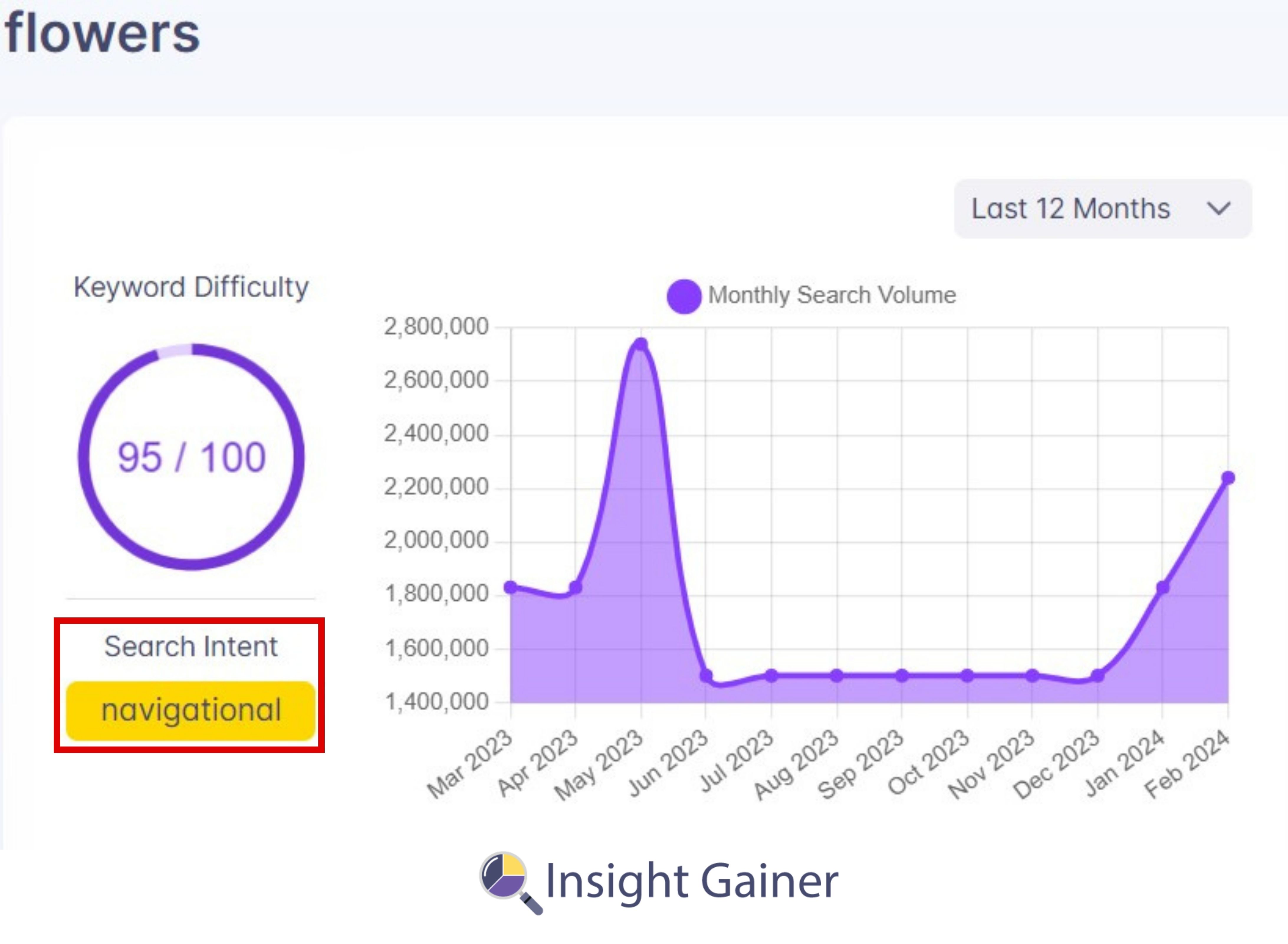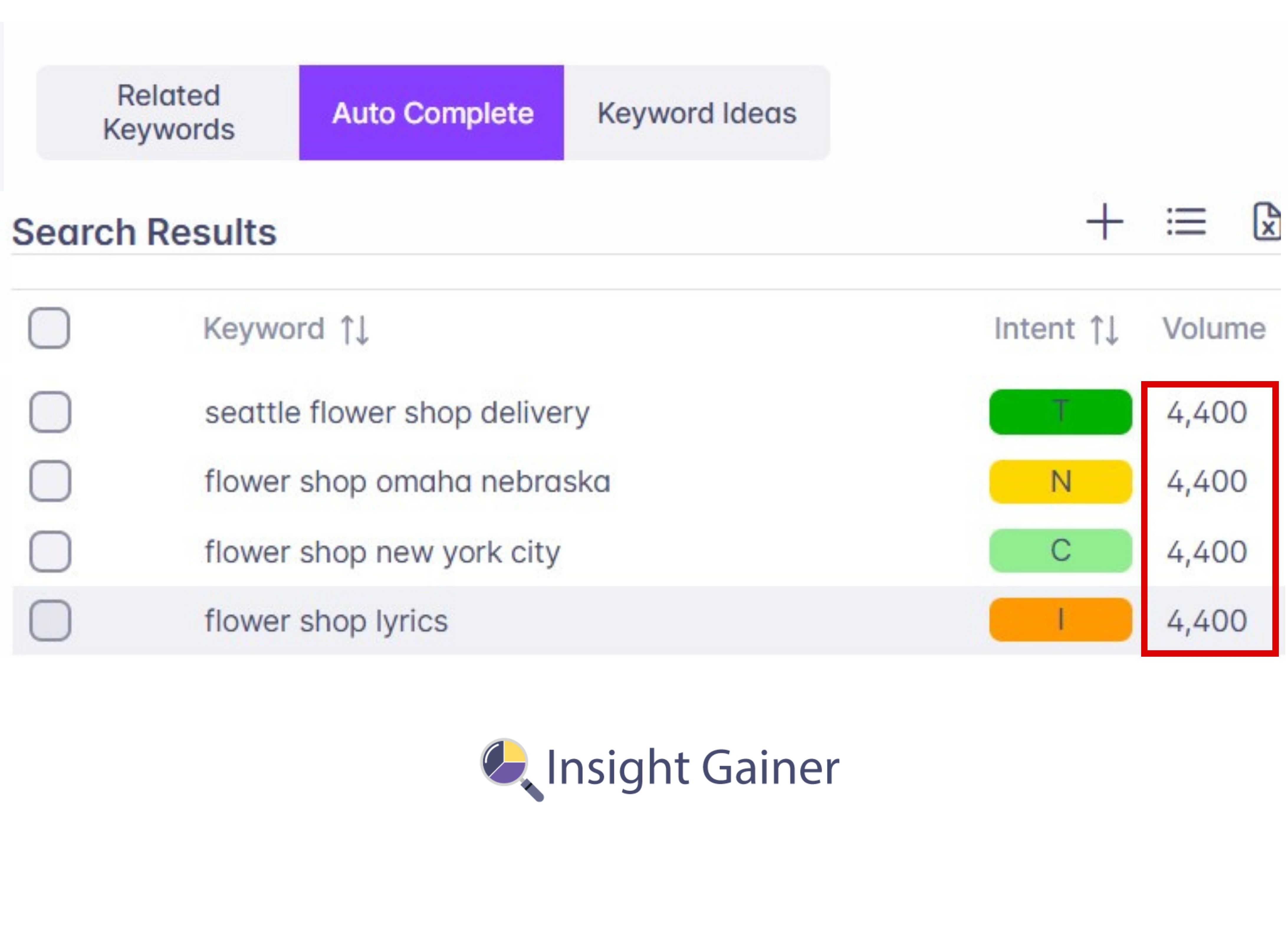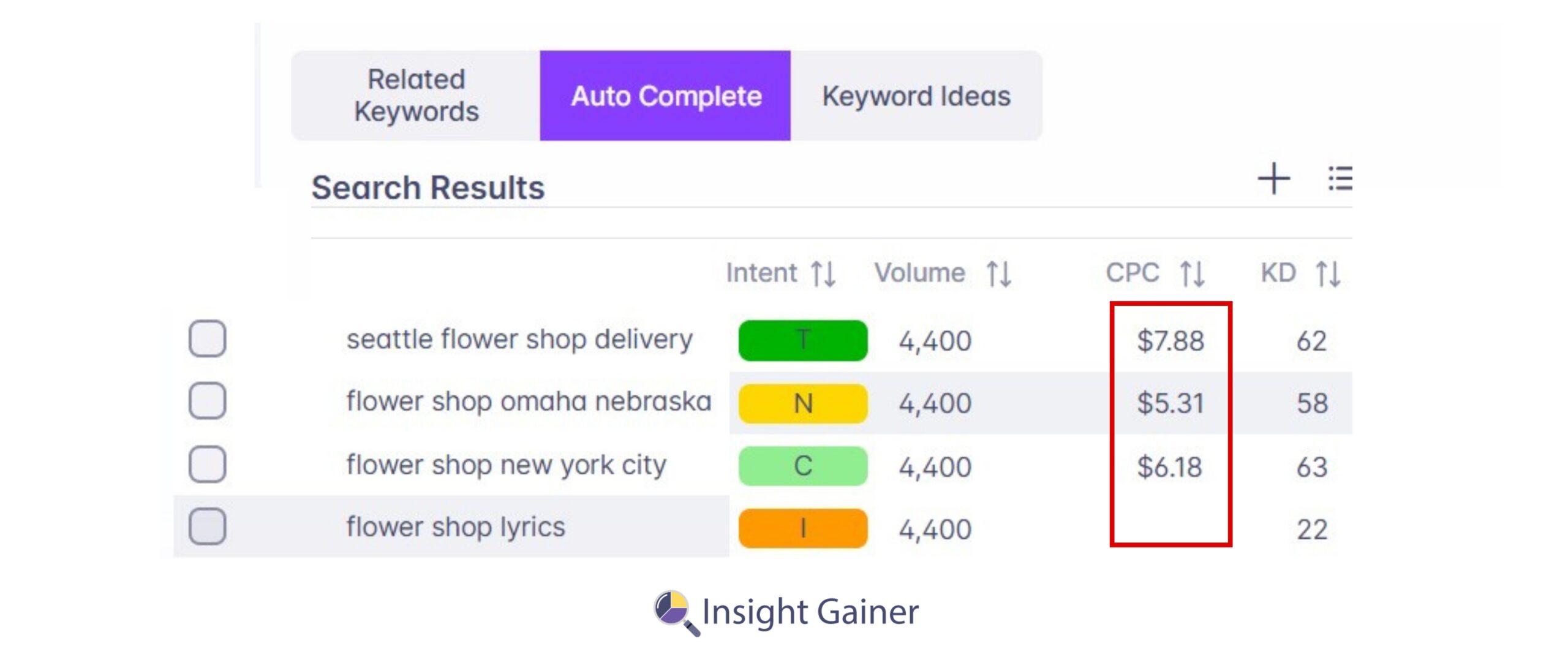
Nofollow Internal Links: Everything You Need to Know
Internal linking is crucial for Search Engine Optimization (SEO) performance. It involves linking different pages within your website to enhance navigation and distribute link authority. Nevertheless, internal links vary in quality and significance. In the world of SEO, there’s a concept known as “nofollow internal links” that plays a crucial role in optimizing website performance and ranking.
What are nofollow internal links?
Nofollow internal links are hyperlinks within a website that contain the rel=”nofollow” attribute. This attribute instructs search engine crawlers not to follow the link to its destination. Essentially, it tells search engines that the linked page should not receive any SEO benefits, such as link authority or PageRank.
Importance of nofollow internal links for SEO
While traditional internal links pass link equity and help with website ranking, there are scenarios where you may want to use nofollow internal links strategically. These links can be instrumental in sculpting the flow of link authority within your website and directing search engine crawlers’ attention to priority pages.
Understanding Nofollow Attribute
Definition of the nofollow attribute
The nofollow attribute was introduced by Google in 2005 as a means to combat spammy and irrelevant links. When applied to a link, it signals to search engines that the linked page should not receive any endorsement from the linking page.
How it impacts search engine crawlers
When a search engine encounters a nofollow internal link, it respects the directive and does not follow the link to its destination. As a result, the linked page does not benefit from any link authority passed through that particular link.

When to Use Nofollow Internal Links
Nofollow internal links can be useful in several scenarios, including:
- Links to low-value or temporary pages
- User-generated content, such as comments or forums
- Pages with excessive outbound links
Examples of when to implement nofollow links
Let’s say you have a blog post with comments from users containing links to external websites. To prevent these links from passing authority to potentially spammy sites, you can apply the nofollow attribute to those specific links.
A step-by-step guide to adding the nofollow attribute
Implementing nofollow internal links is relatively straightforward:
- Identify the link you want to mark as nofollow.
- Add the rel=”nofollow” attribute to the HTML link code.
- Save the changes and update the webpage.
Tools and plugins for easier implementation
Several SEO tools and plugins offer features for easily adding the nofollow attribute to internal links. Popular options include Yoast SEO for WordPress and various browser extensions for quickly inspecting and modifying links.
Common Mistakes to Avoid
Pitfalls to watch out for when using nofollow internal links
Despite their benefits, using nofollow internal links incorrectly can harm your SEO efforts. Common mistakes include:
- Applying the nofollow attribute indiscriminately
- Overusing nofollow links and impacting crawlability
- Failing to regularly review and update internal linking strategies
Tips for maximizing the effectiveness of nofollow links
To ensure you’re getting the most out of your nofollow internal links:
- Use them strategically to shape the flow of link authority
- Regularly monitor and analyze their performance using SEO tools
- Stay informed about updates and best practices in SEO to adapt your strategy accordingly
SEO advantages of incorporating nofollow links
While nofollow internal links don’t directly pass link authority, they offer several benefits:
- Controlling the distribution of link equity within your website
- Protecting against potential penalties from spammy or irrelevant links
- Maintaining a healthy link profile and improving overall website credibility
Maintaining link equity and authority flow
By strategically implementing nofollow internal links, you can preserve link equity and direct it towards high-priority pages, ultimately enhancing their visibility and ranking in search engine results.

Nofollow vs. Dofollow Links
Understanding the difference between the two
Dofollow links, unlike their nofollow counterparts, pass link authority from one page to another. While both types of links are valuable, knowing when to use each is crucial for effective SEO strategy.
When to use each type of link for optimal results
Dofollow links are ideal for directing link authority to important pages and improving their search engine ranking. On the other hand, nofollow links are useful for controlling the flow of link equity and avoiding penalties associated with low-quality or irrelevant content.
Best Practices for Nofollow Internal Links
Strategies for optimizing the use of nofollow links
To maximize the effectiveness of nofollow internal links:
- Use descriptive anchor text that provides context for the linked page
- Regularly audit and update internal linking strategies based on performance data
- Consider user experience and relevance when determining which links to mark as nofollow
Tips for creating an effective internal linking strategy
A well-planned internal linking strategy can significantly impact your website’s SEO performance. Incorporate a mix of dofollow and nofollow links, prioritize internal links to high-value pages, and ensure a logical hierarchy for seamless navigation.
Monitoring and Analyzing Nofollow Links
Tools for tracking the performance of nofollow links
Various SEO tools offer features for monitoring the performance of nofollow internal links, including Insight Gainer, Google Search Console, Ahrefs, and SEMrush. These tools provide insights into link metrics, crawl errors, and overall website health.
Key metrics to measure effectiveness
When analyzing the impact of nofollow links, consider metrics such as:
- Click-through rate (CTR) from internal search results
- Number of indexed pages with nofollow links
- Changes in organic traffic and search engine rankings over time
Future Trends in Nofollow Internal Links
Predictions for the evolution of nofollow links in SEO
As search engine algorithms continue to evolve, the role of nofollow internal links may change. Future trends could include:
- Increased emphasis on user engagement metrics rather than traditional link signals
- Integration of nofollow links into broader SEO strategies, such as content optimization and site architecture
Emerging best practices and strategies
Stay informed about industry developments and adapt your SEO strategy accordingly. Experiment with new approaches to internal linking, monitor their impact, and adjust based on performance data and algorithm updates.
Conclusion
In conclusion, nofollow internal links play a vital role in SEO strategy by enabling website owners to control the flow of link equity and prioritize important pages. By understanding when and how to implement nofollow links effectively, you can optimize your website’s performance and enhance its visibility in search engine results.
Frequently Asked Questions (FAQs)
What are nofollow internal links?
Nofollow internal links are hyperlinks within a website that contain the rel=”nofollow” attribute, instructing search engines not to follow the link to its destination.
How do nofollow links impact SEO?
Nofollow links do not pass link authority to the linked page, but they can still contribute to a well-rounded internal linking strategy by shaping the flow of link equity and prioritizing important pages.
When should I use nofollow internal links?
Nofollow internal links are beneficial in situations where you want to prevent search engines from passing link authority to specific pages, such as user-generated content or temporary pages.
Can nofollow links improve website rankings?
While nofollow links do not directly impact website rankings, they can indirectly contribute to SEO success by improving crawlability, controlling link equity distribution, and protecting against penalties from low-quality links.















